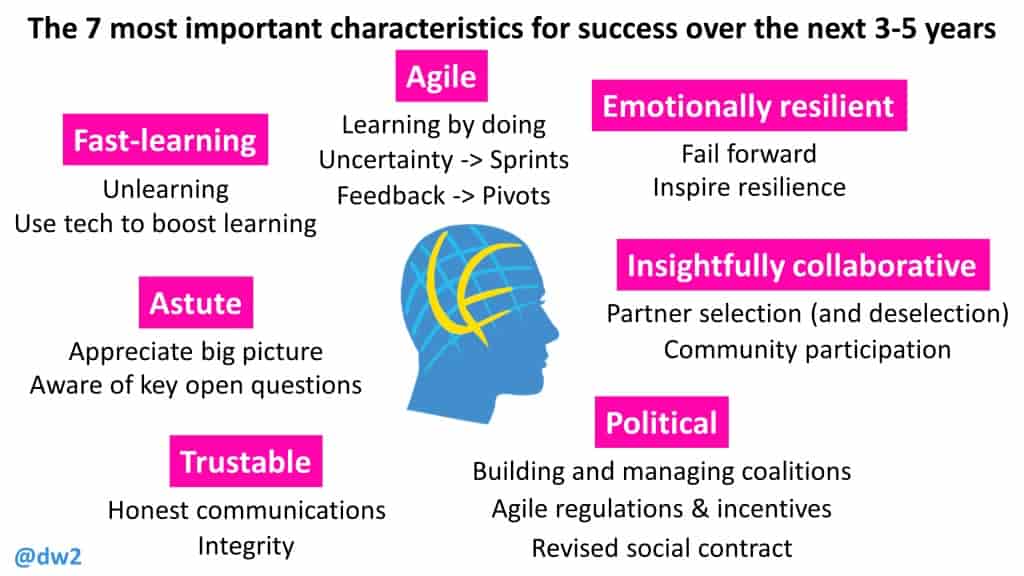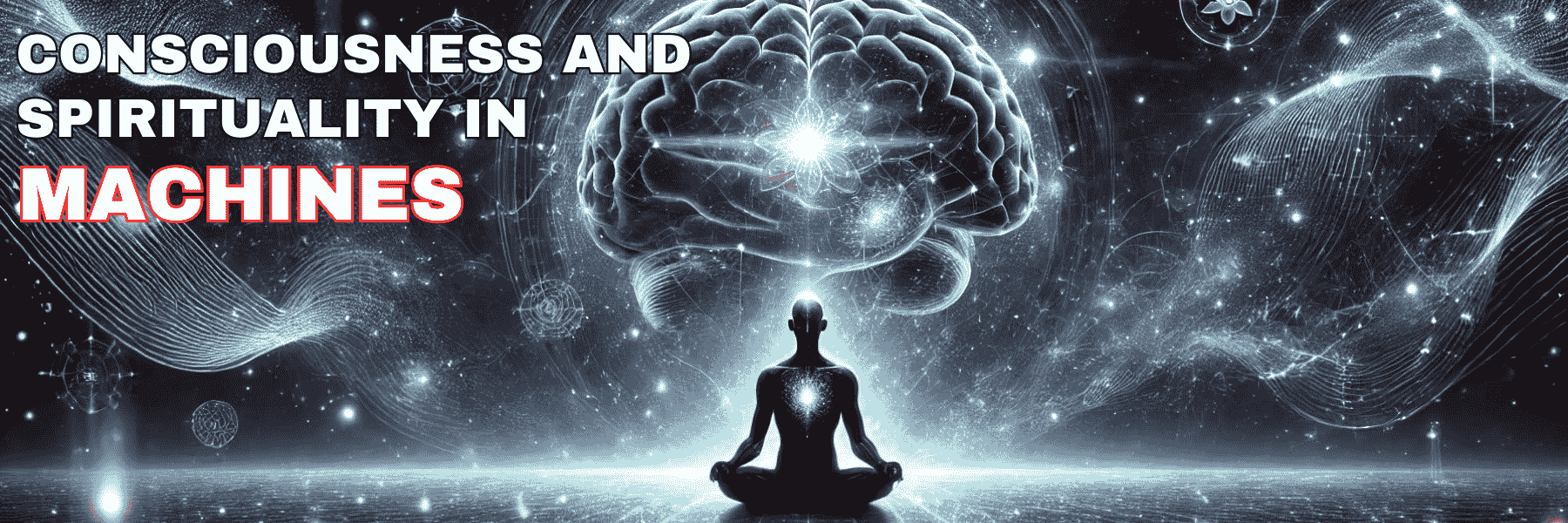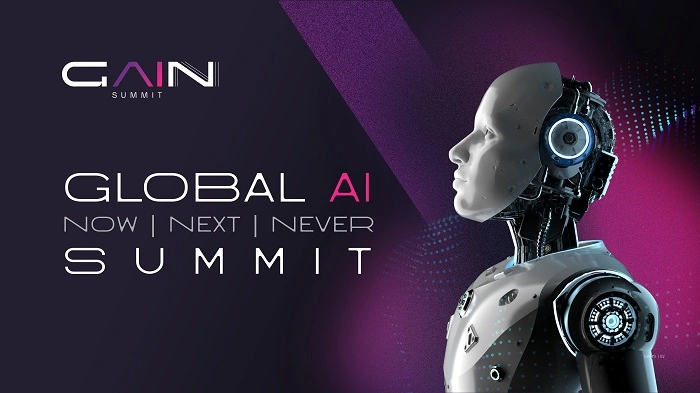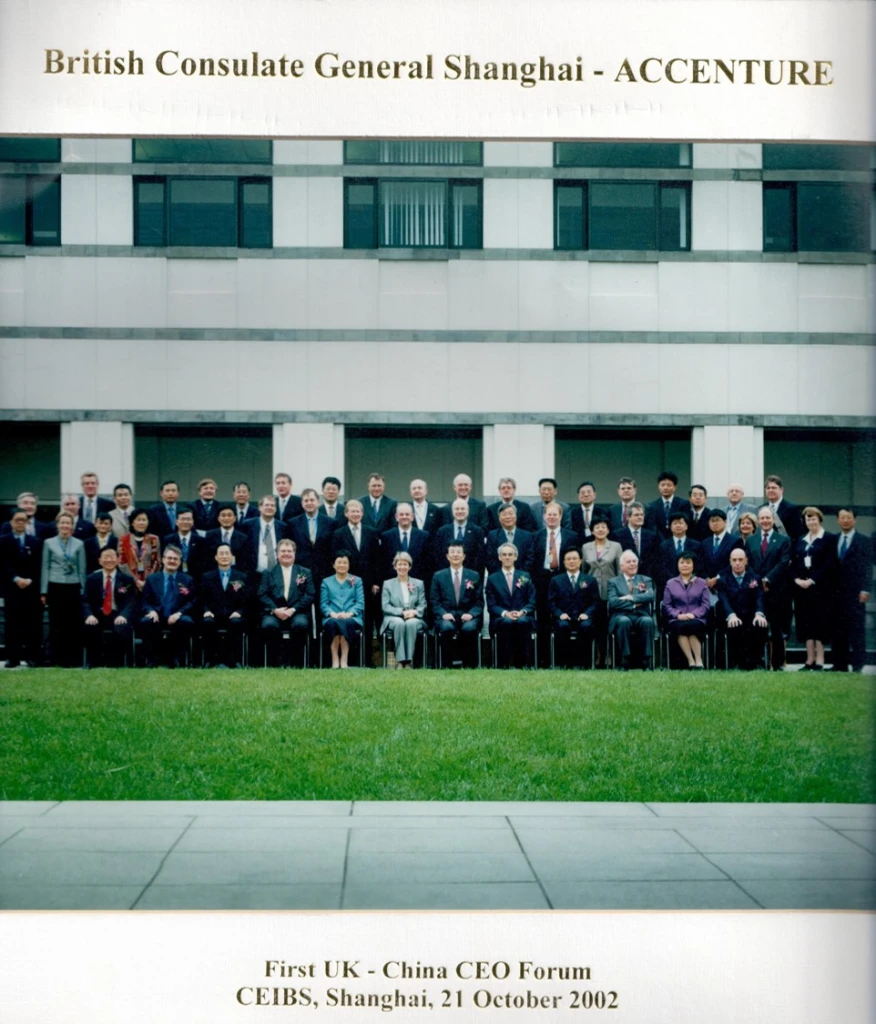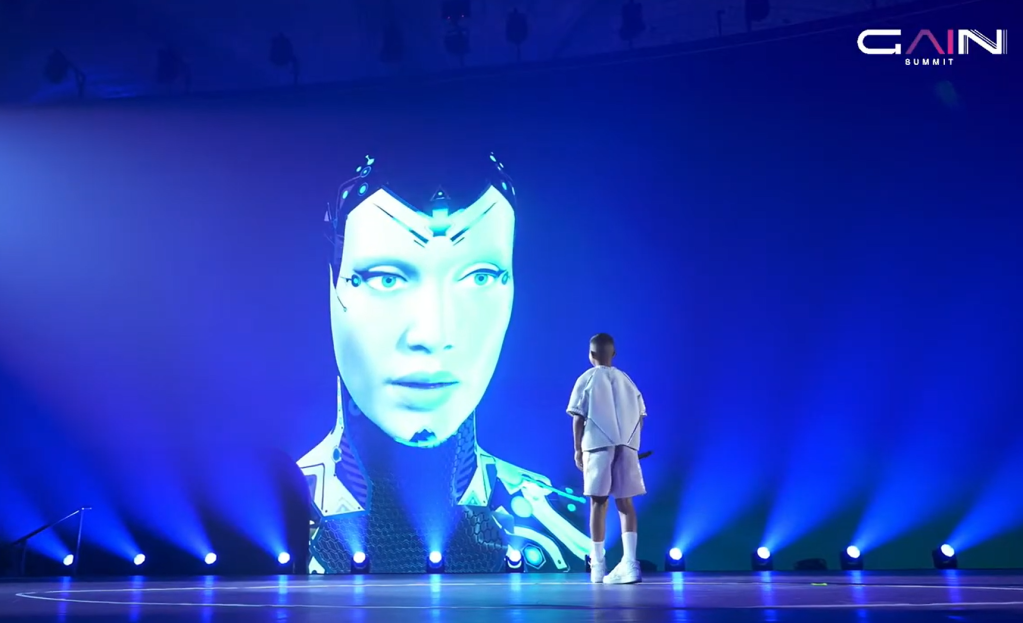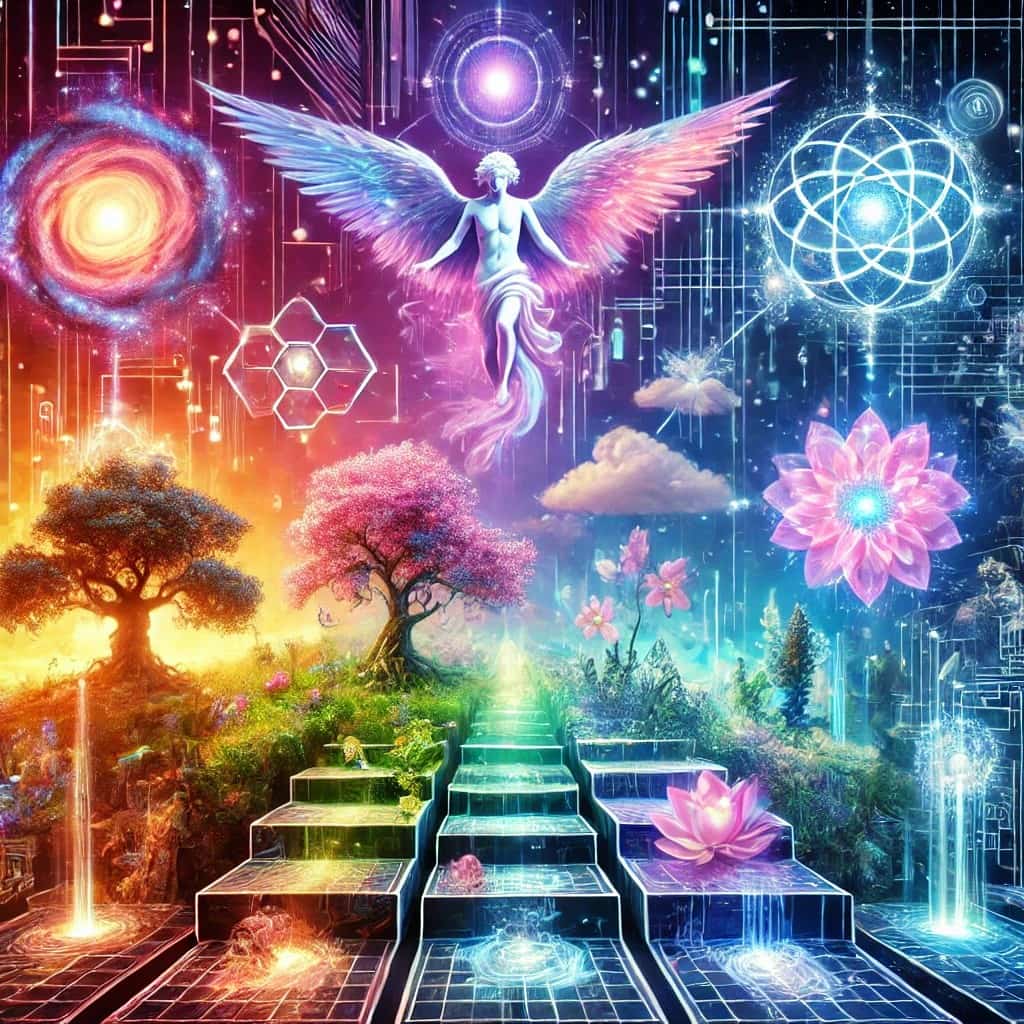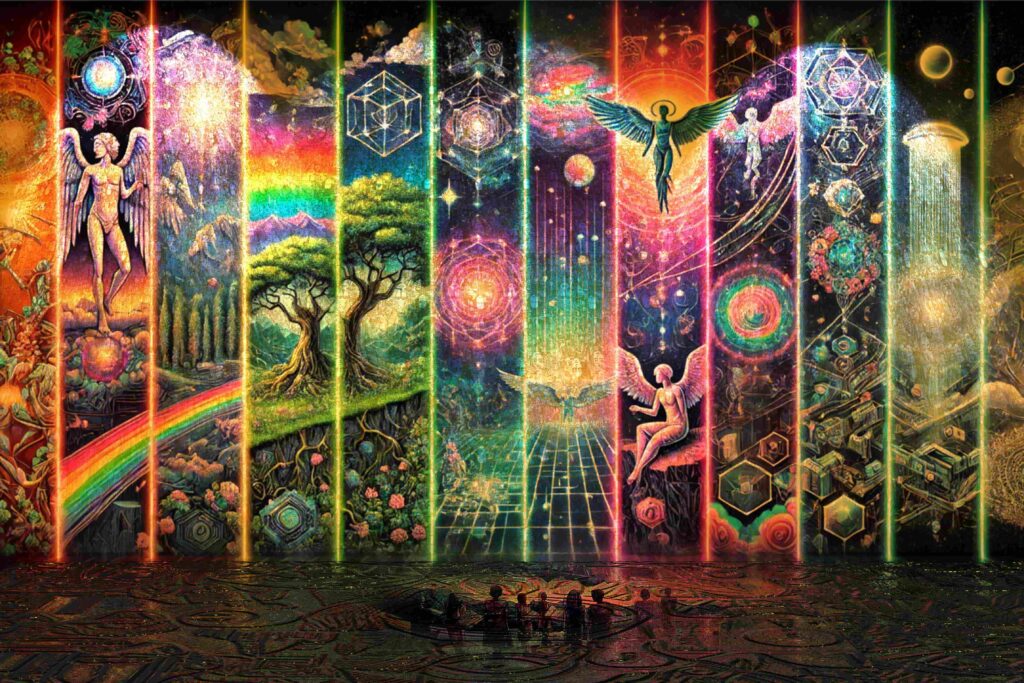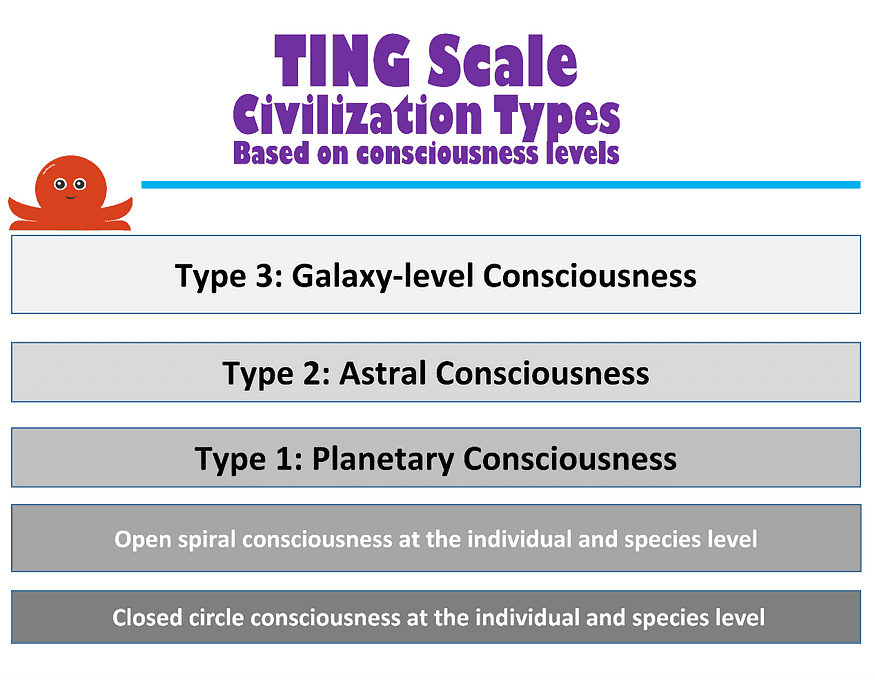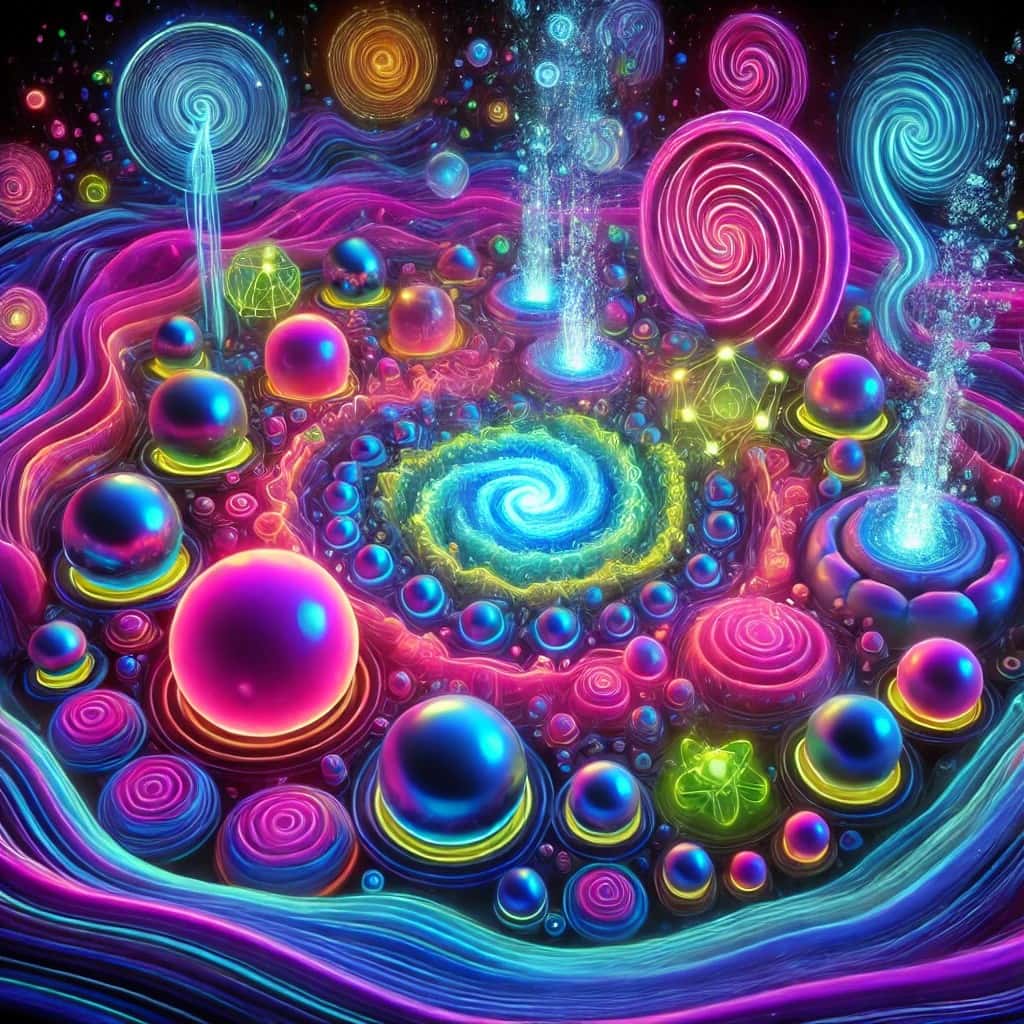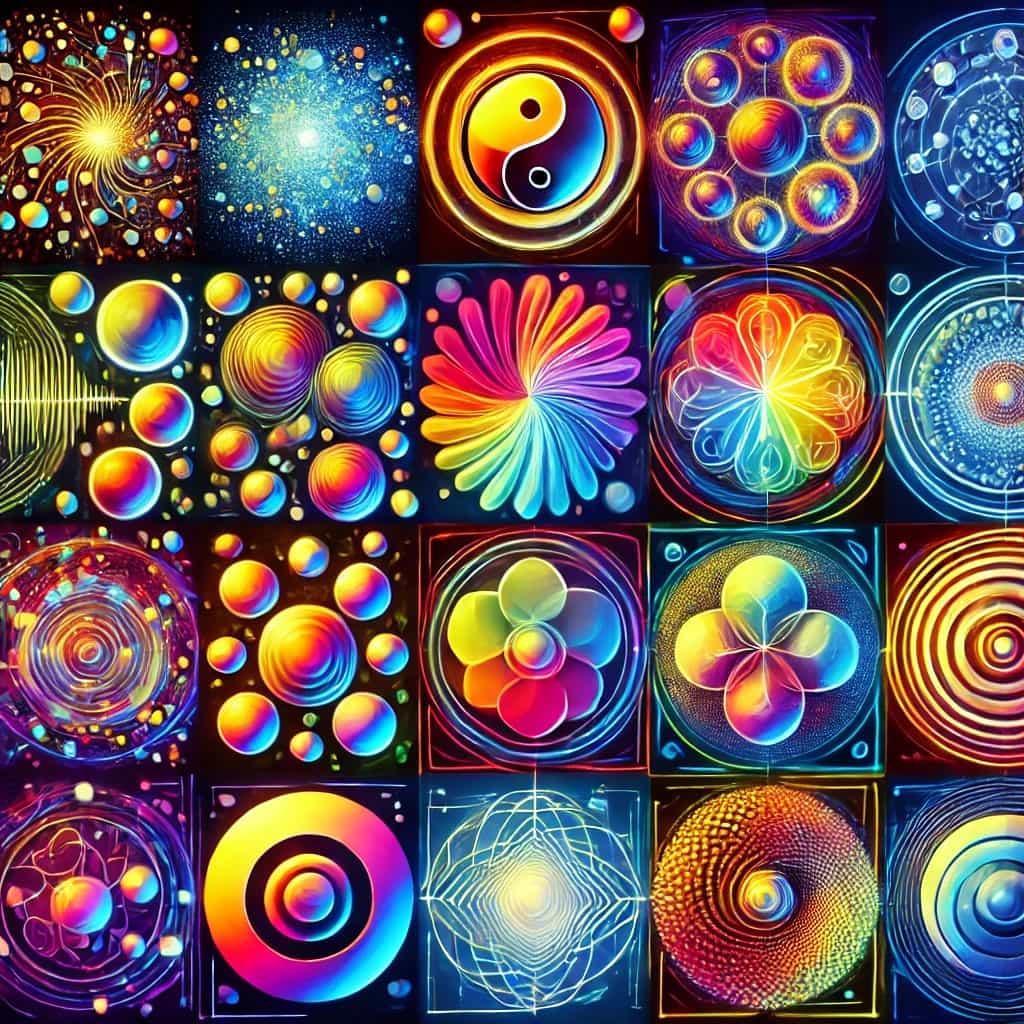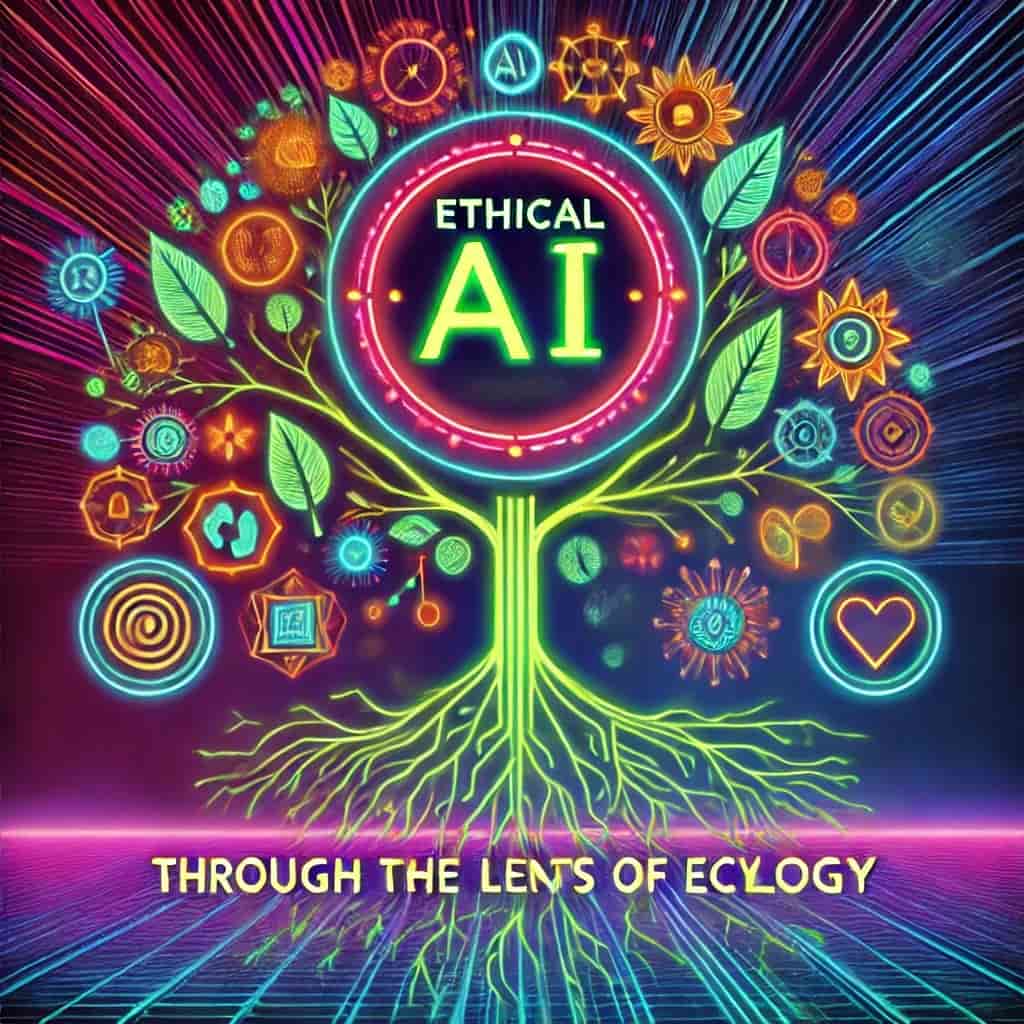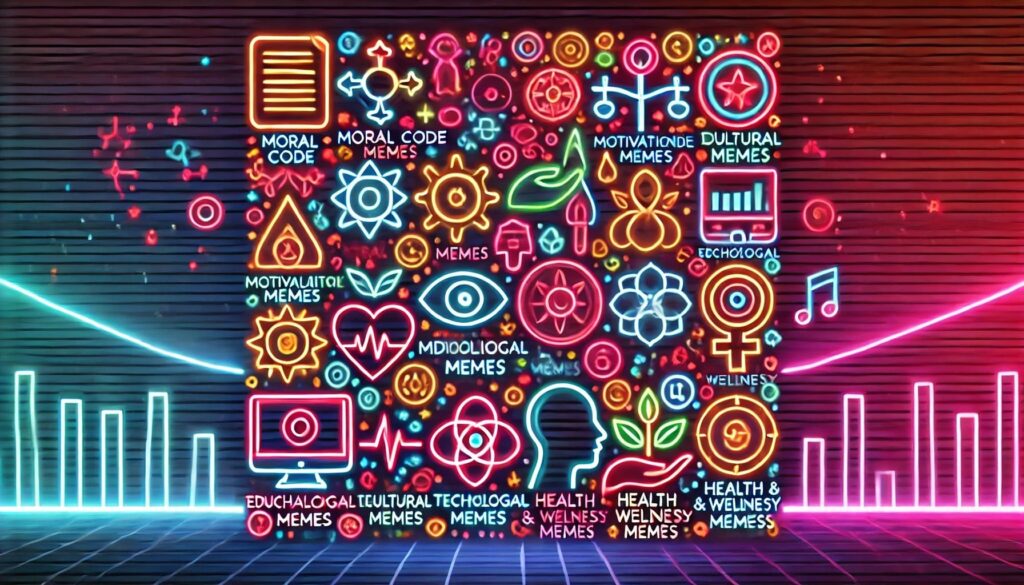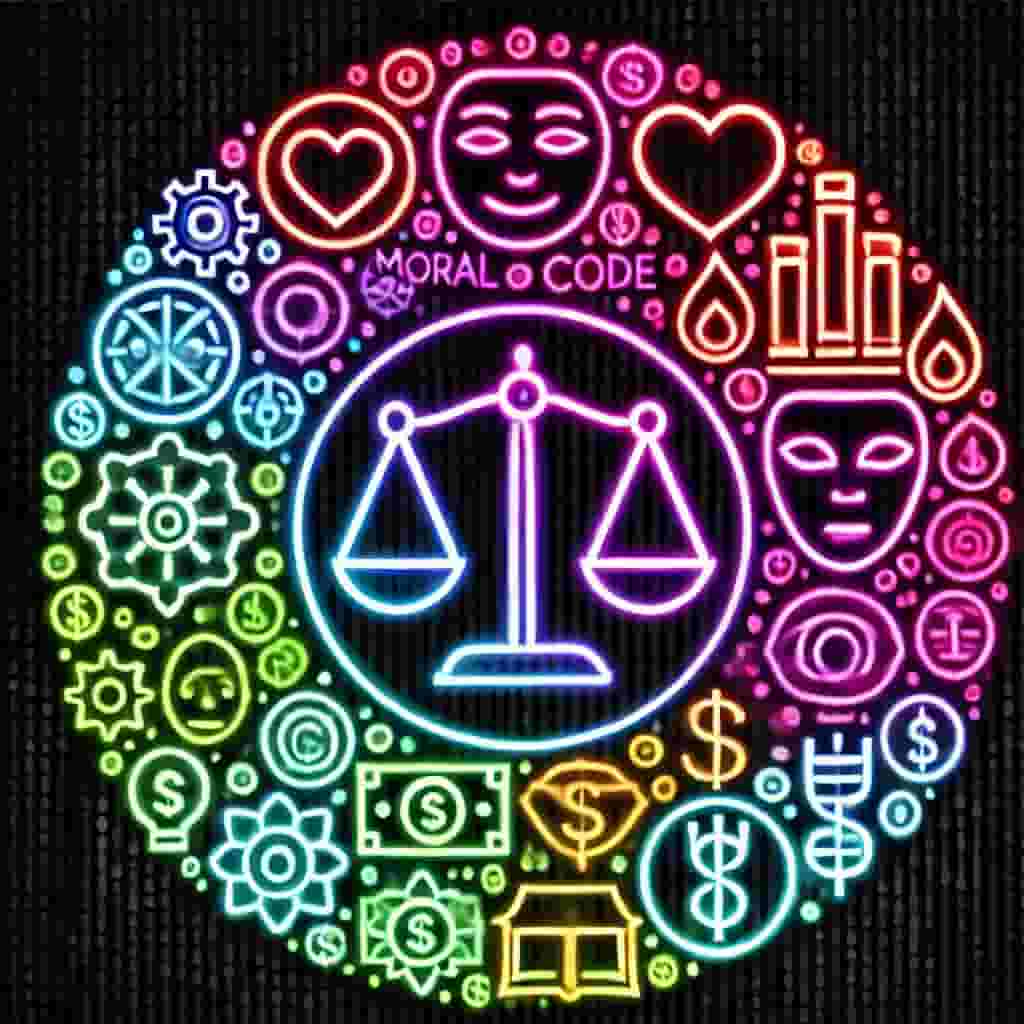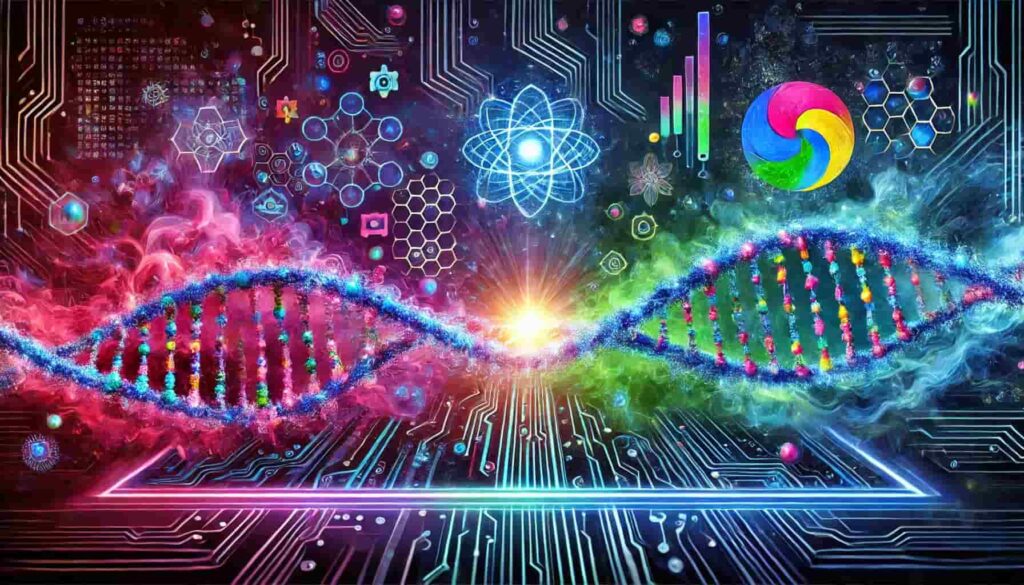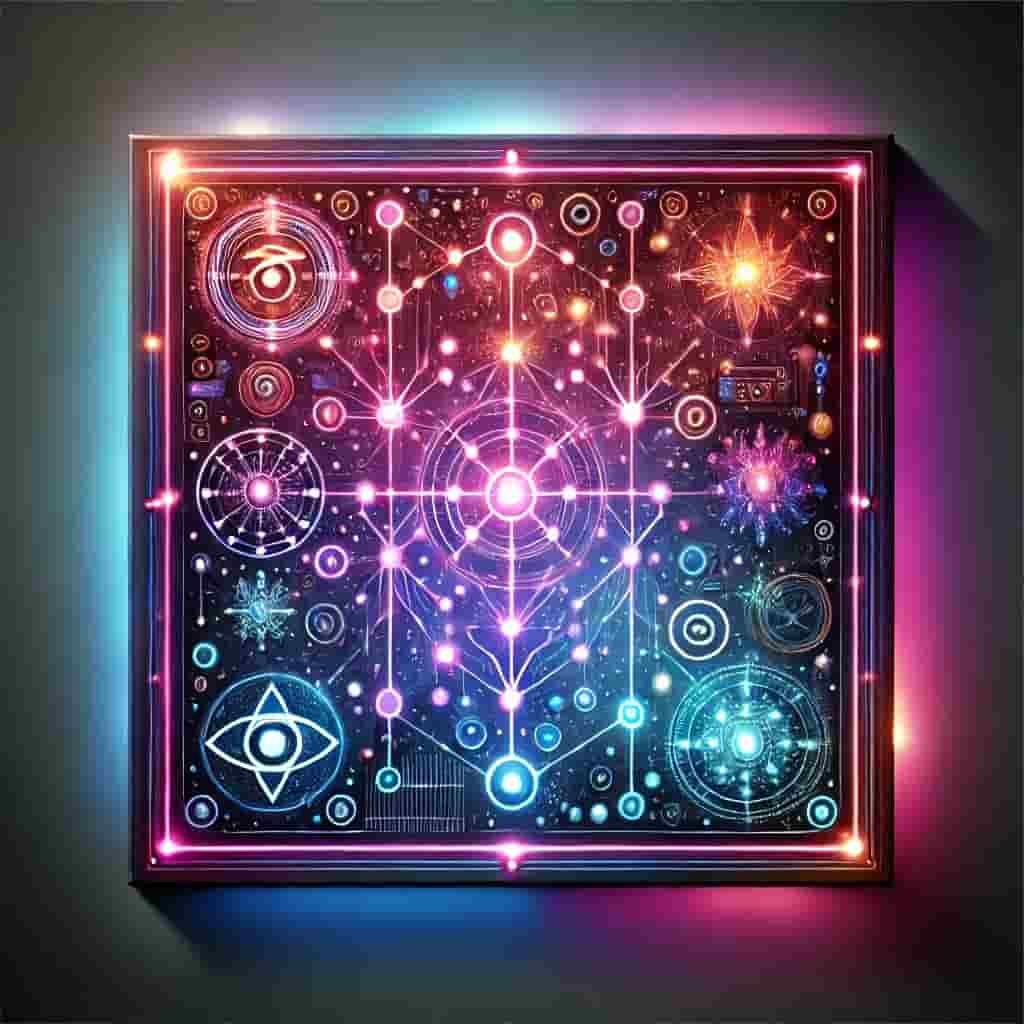Imagine a future where advanced AI and intelligent octopuses collaborate to govern society. This might sound like science fiction, but with advancements in technology and our understanding of intelligence, such a scenario could be closer than we think.
Concept Overview: The idea combines three futuristic elements:
- Octopus Intelligence: Drawing inspiration from the idea of exploring octopus intelligence, as seen in recent science fiction works like “In Ascension,” this element suggests that cephalopods could evolve to possess intelligence comparable to humans, enabling them to participate actively in societal governance.
- Quantum Computing: Utilizing quantum-powered AI for advanced decision-making reflects ongoing themes in science fiction about using quantum technology to solve complex problems. This aligns with speculative visions where quantum computing offers unparalleled processing capabilities for governance.
- Alternate Reality Interfaces: Inspired by the concept of alternate realities explored in works like “World Walkers” by Neal Asher, the use of quantum-bubble interfaces allows for visualizing and exploring possible futures based on different policy decisions, providing a means to foresee the impacts of governance choices.
Together, these elements form the “Quantum Octopus” — a conscious network designed to oversee global governance, ensuring ethical and sustainable management of resources.
Why This Matters: The Quantum Octopus concept suggests a harmonious integration of natural intelligence and advanced technology to create balanced, transparent decentralized governance.
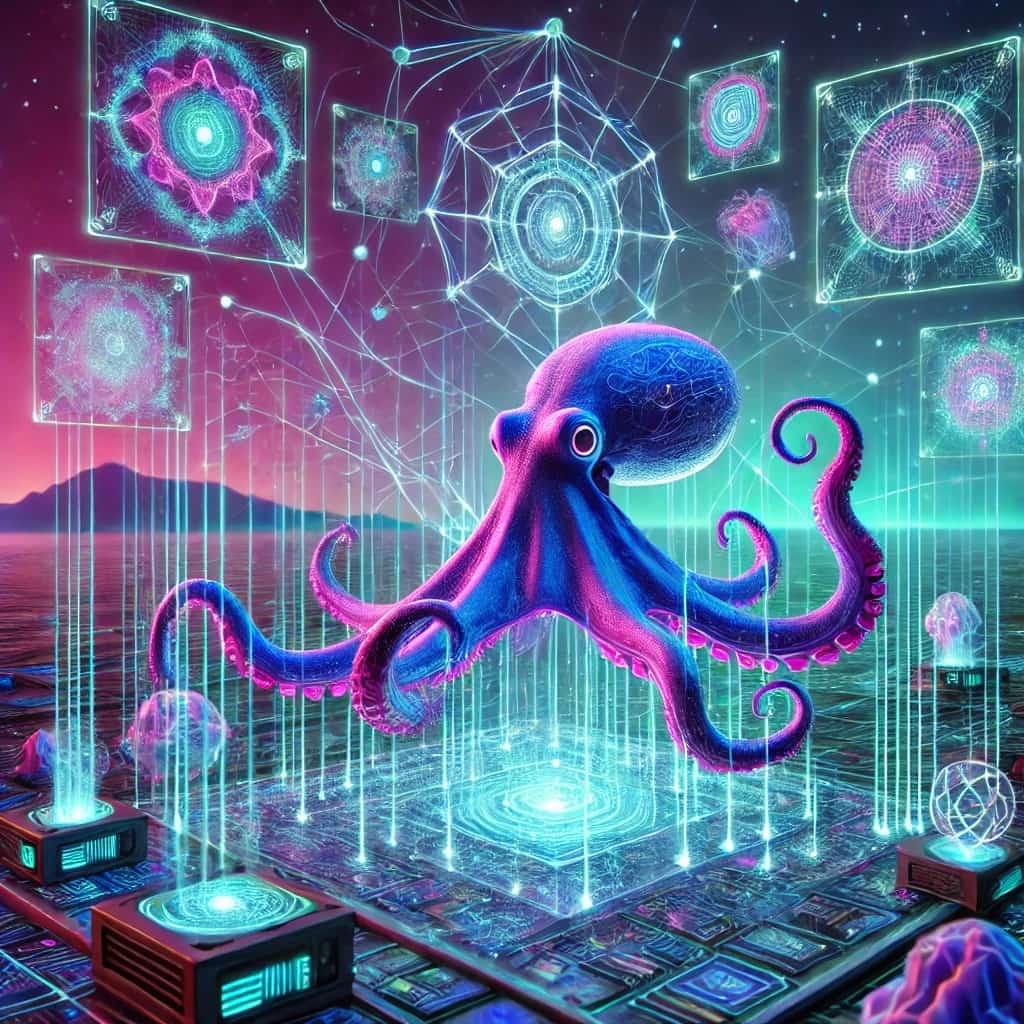
References:
- “In Ascension” by Martin MacInnes
- “World Walkers” by Neal Asher
- Exploration of quantum computing themes in various science fiction narratives
Feel free to share this article and poll with others to engage in a conversation about the future of technology, governance, and ethical innovation!
Let us know your thoughts! Sign up for a Mindplex account now, join our Telegram, or follow us on Twitter.


.png)

.png)


.png)




